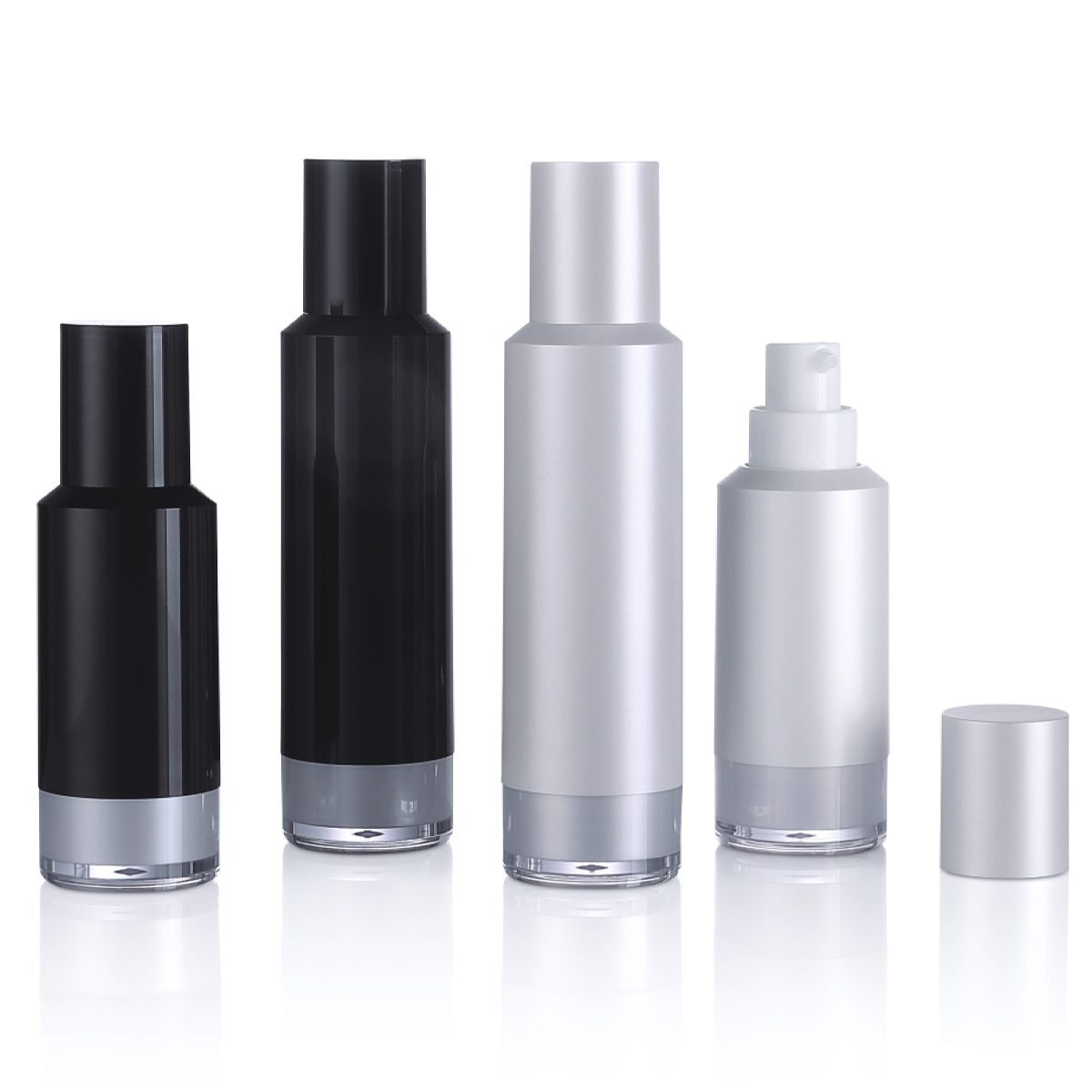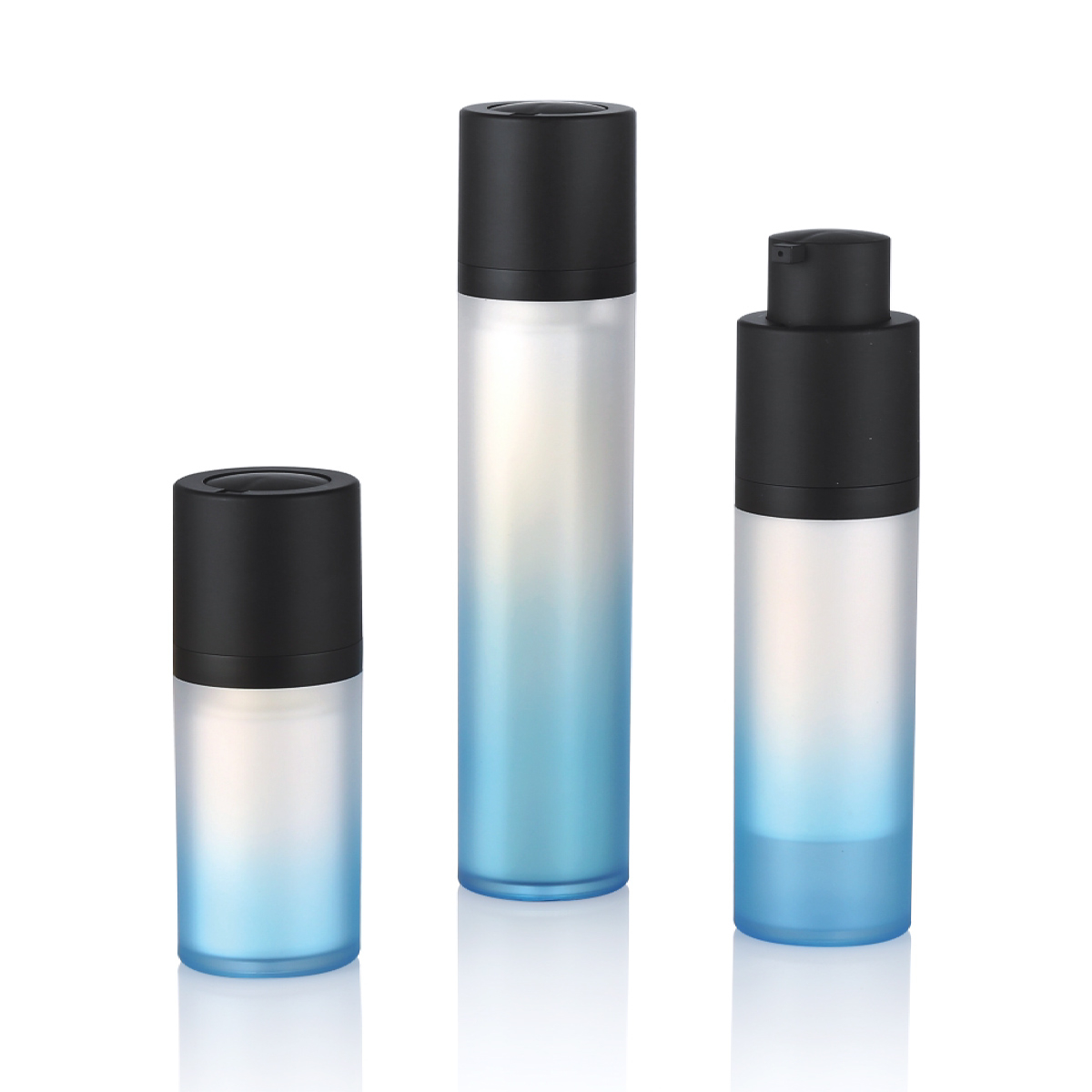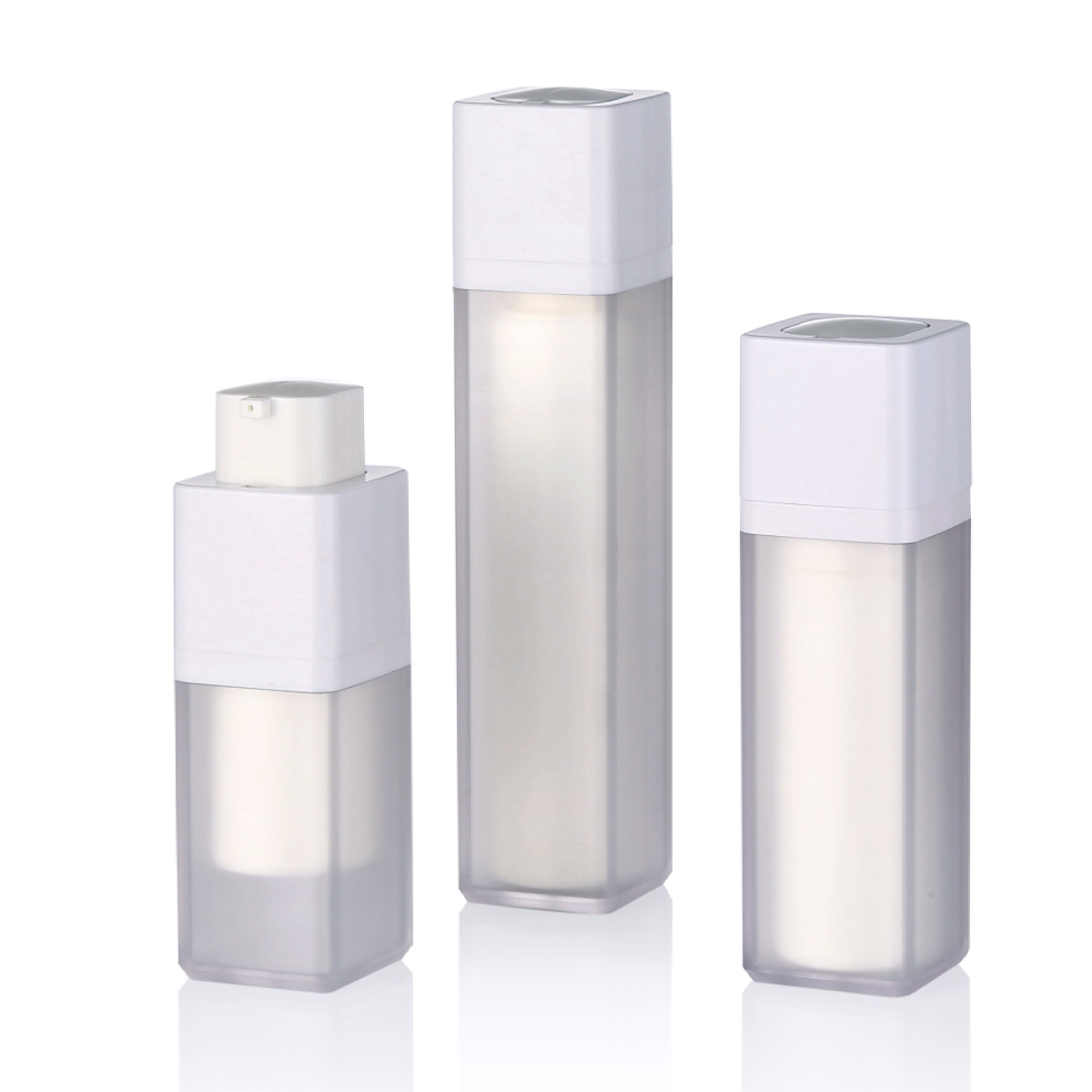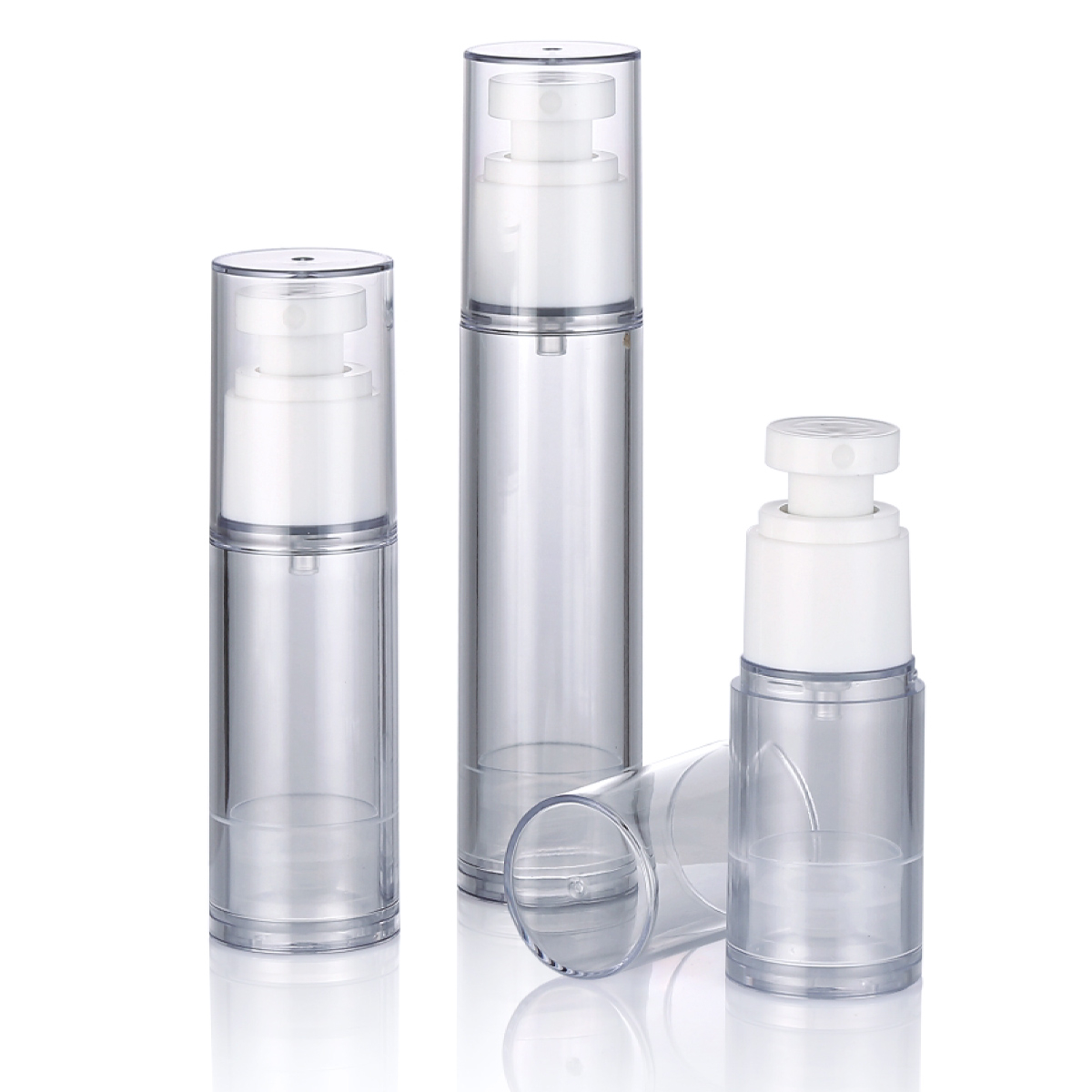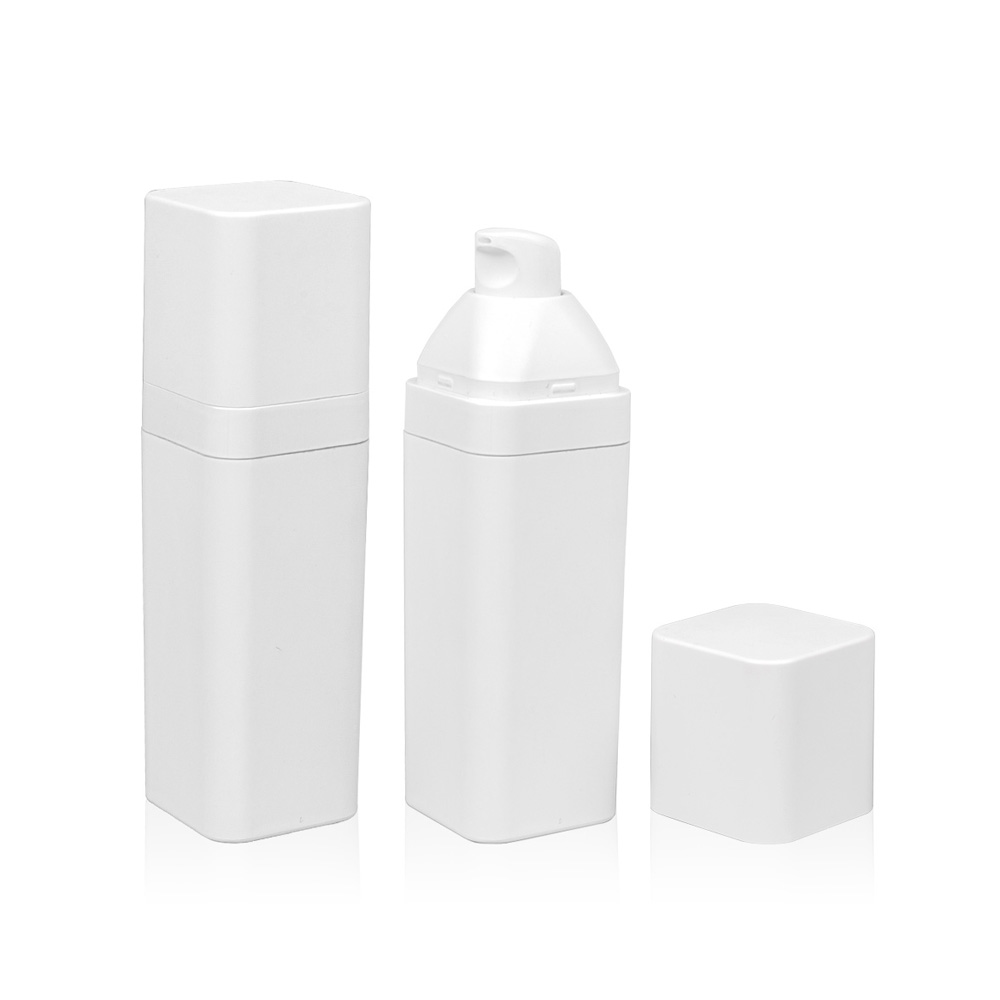In the skincare industry, maintaining the efficacy of active ingredients is crucial for product performance. Exposure to air, light, and contaminants can degrade sensitive compounds, reducing their benefits. The airless bottle has emerged as a packaging solution designed to address these challenges.
How Airless Bottle Technology Works
An airless bottle operates on a vacuum-based mechanism to prevent air from entering the container. Unlike traditional bottles that rely on air displacement for dispensing, an airless bottle uses a piston or diaphragm system. When the pump is activated, the product is expelled, and the internal mechanism moves upward, creating a vacuum that prevents air from contacting the contents. This process ensures that the skincare formula remains isolated from oxygen, which can cause oxidation, and from microbial contamination. The design typically includes a one-way valve system, allowing product to be dispensed without introducing external elements. This method helps preserve the activity of ingredients such as vitamins, antioxidants, and retinoids, which are prone to degradation.
Types of Airless Bottles
Airless bottles come in various designs to suit different product viscosities and usage requirements. Common types include piston-based airless bottles, which use a bottom-up movement to push product out, and bag-in-bottle systems, where a collapsible inner bag separates the formula from the container. Another variation is the diaphragm airless bottle, which employs a flexible membrane to maintain vacuum integrity. These types are selected based on factors like product consistency, shelf life, and dispensing precision. For instance, piston systems are often used for thicker creams, while bag-in-bottle designs are suitable for serums. All variants share the core principle of airless protection.
Applications in Skincare
The primary application of airless bottles is in skincare products where ingredient stability is critical. This includes anti-aging creams, sunscreens, and treatments containing unstable compounds like vitamin C or peptides. By minimizing exposure to air, airless bottles help maintain pH levels, prevent evaporation, and reduce the risk of contamination. This is particularly important for natural or organic formulations that lack preservatives. In clinical settings, studies have shown that packaging in airless bottles can extend the effective life of skincare products by reducing oxidative stress. The technology is also used in cosmetics and pharmaceuticals, emphasizing its versatility.
Comparison with Other Packaging Types
When compared to conventional packaging, such as jars or standard pump bottles, airless bottles offer distinct advantages. Jars allow frequent air exposure during use, increasing the risk of degradation and contamination. Standard pump bottles may introduce air into the container with each use, compromising preservation. In contrast, airless bottles provide a hermetic seal until dispensing. Compared to vacuum bottles, which also aim to reduce air contact, airless bottles typically offer more consistent vacuum maintenance without the need for manual priming. However, airless bottles may have higher production costs and are not suitable for all product types, such as extremely thick formulations that require alternative dispensing mechanisms. This comparison highlights the balance between protection and practicality.
Frequently Asked Questions (FAQ)
Q: How does an airless bottle differ from a vacuum bottle?
A: While both aim to reduce air exposure, an airless bottle uses a mechanical system to create a vacuum during dispensing, whereas a vacuum bottle often relies on a one-time evacuation process. Airless bottles generally provide ongoing protection with each use.
Q: Can airless bottles be refilled or recycled?
A: Most airless bottles are designed for single use to maintain hygiene, but some models allow refilling by manufacturers. Recycling depends on the materials used, such as plastics or glass, and local recycling guidelines.
Q: Are airless bottles effective for all skincare products?
A: They are highly effective for products with air-sensitive ingredients, but may not be necessary for stable formulations. Consultation with packaging experts is recommended for specific applications.
Q: How long can an airless bottle preserve product activity?
A: This varies by product and storage conditions, but studies indicate that airless packaging can extend stability by reducing oxidation, often aligning with the product's stated shelf life.
The airless bottle represents a significant advancement in packaging technology, offering reliable vacuum preservation to protect the activity of skincare ingredients. Through its innovative design, it addresses key challenges in product degradation. This guide has outlined the mechanisms, types, applications, and comparisons to provide a comprehensive understanding. As the industry evolves, airless bottles continue to be a focus for enhancing product integrity.

 English
English 中文简体
中文简体 Español
Español عربى
عربى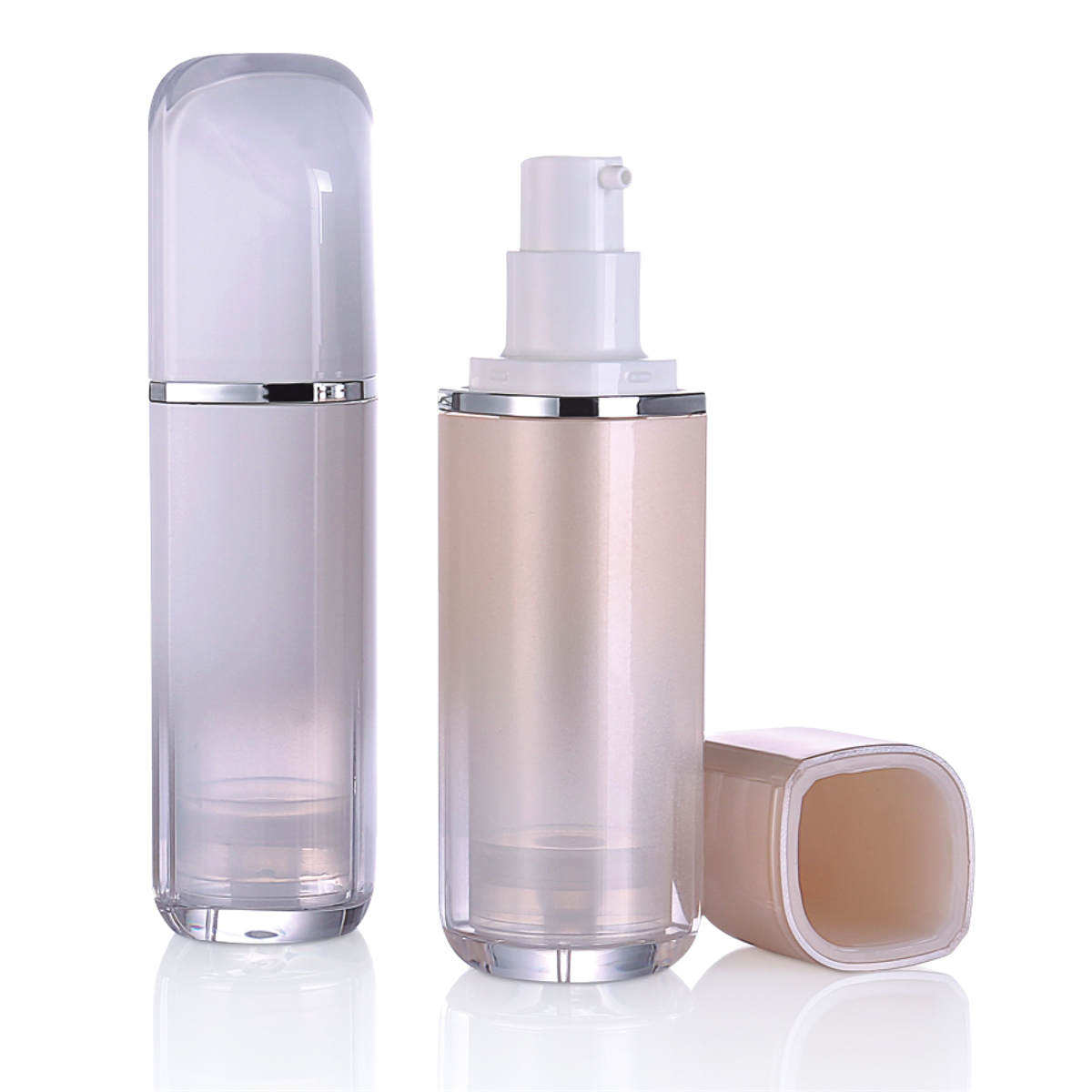
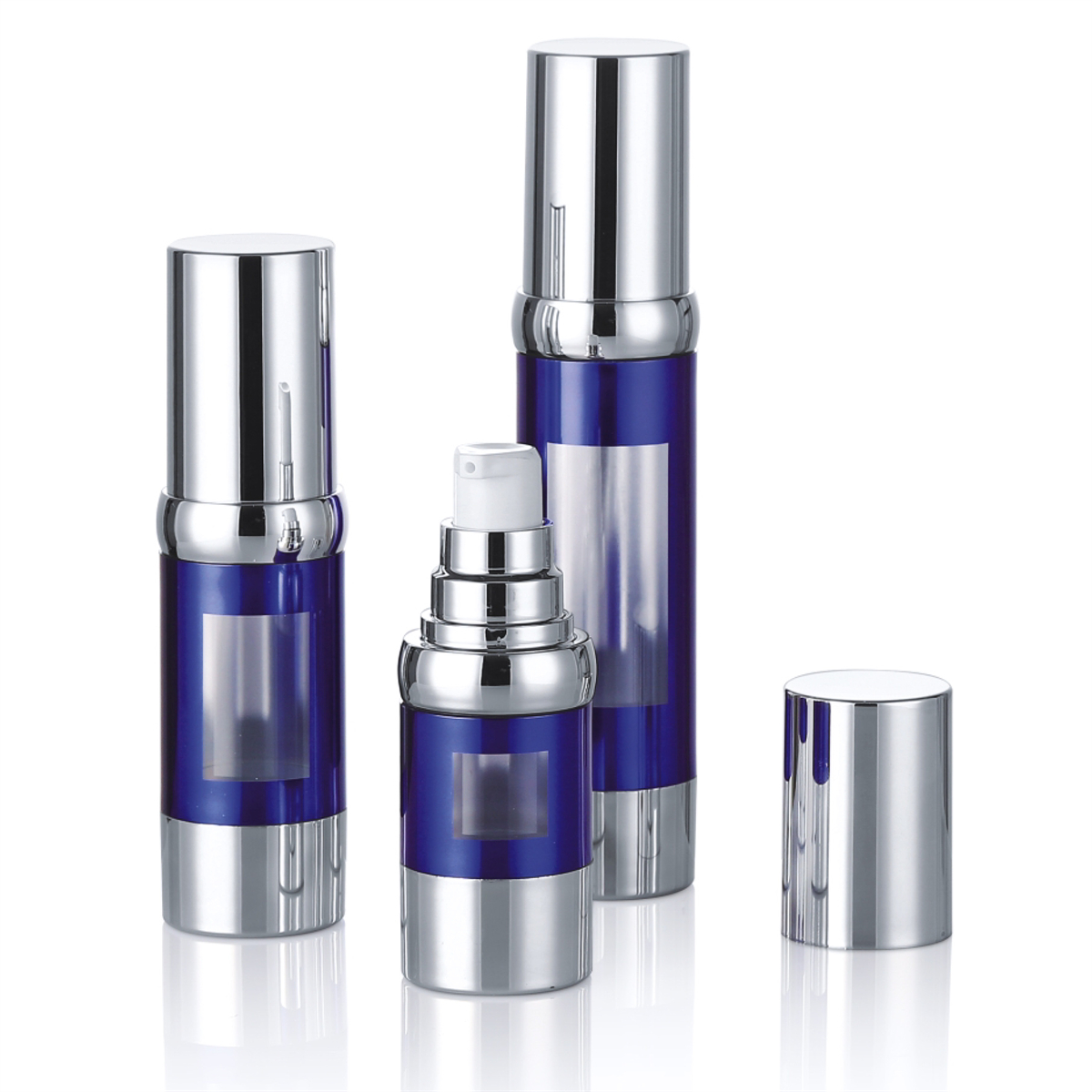
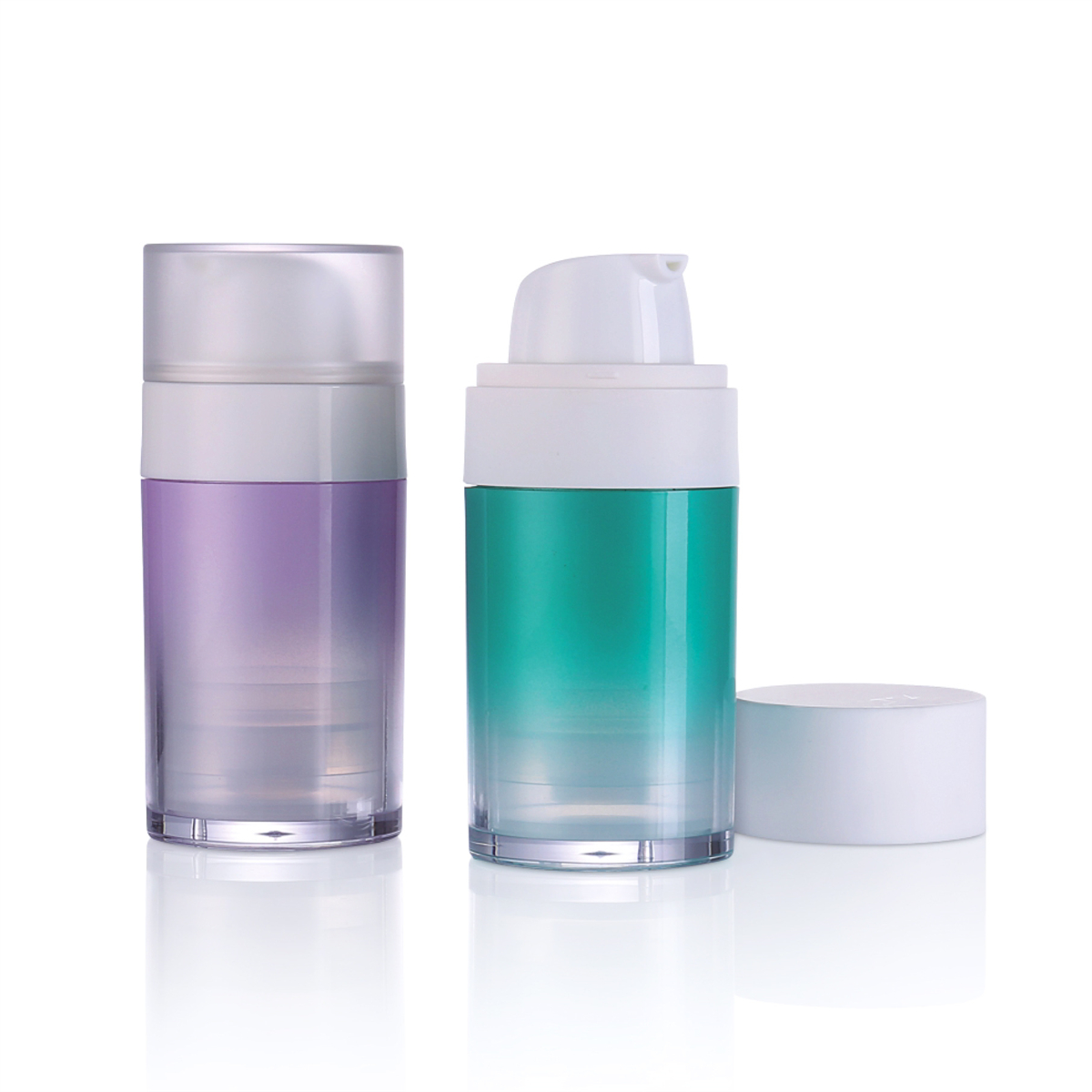
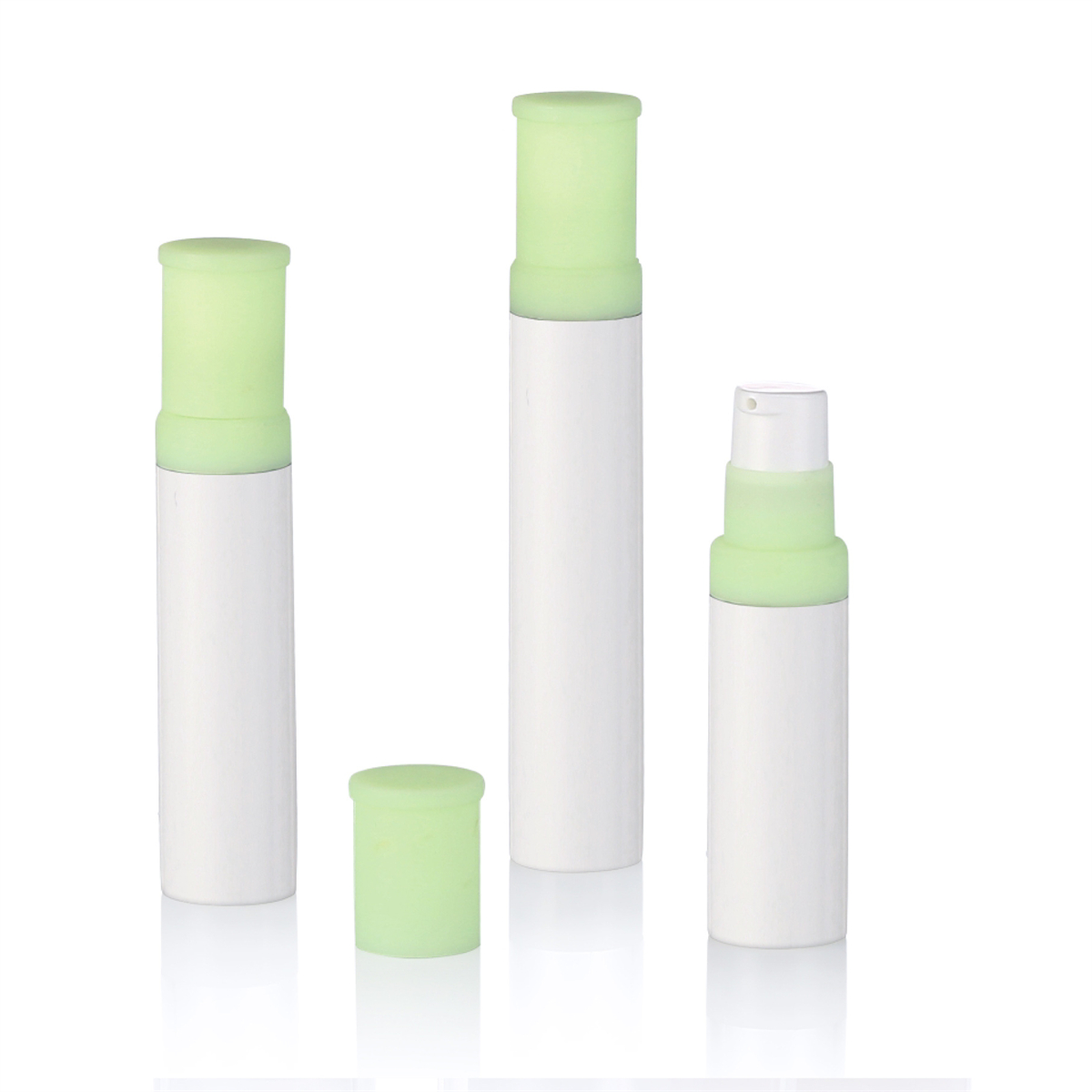
.jpg)
